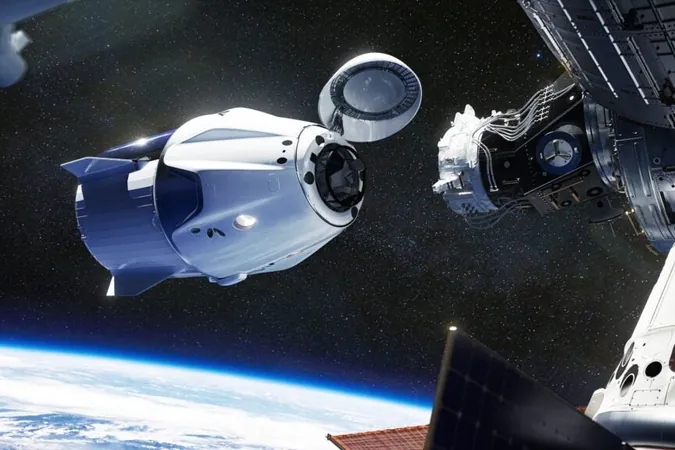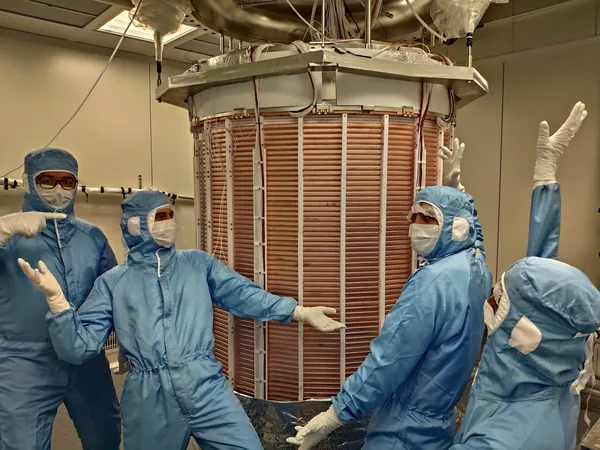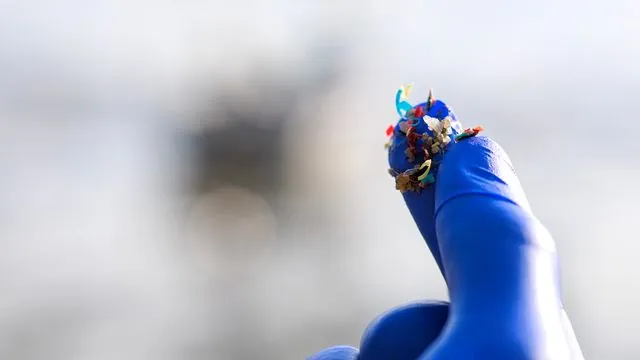
SpaceX's Dragon Successfully Performs First Ever Reboost of the International Space Station!
2024-11-11
Author: Mei
What Happened:
The Dragon spacecraft executed a precision boost, altering the altitude of the ISS by approximately 7/100 of a mile at its highest point (apogee) and 7/10 of a mile at its lowest (perigee). This maneuver involved firing the Draco thrusters for a total duration of about 12 minutes and 30 seconds. The successful reboost is particularly noteworthy as it adds to the suite of spacecraft capable of maintaining the ISS’s orbit, joining the likes of Russia's Roscosmos Progress spacecraft and Northrop Grumman's Cygnus spacecraft.
Why It Matters:
The recent SpaceX launch that carried Dragon to the ISS was not just a routine mission. Launched from Florida, this particular mission marked an astonishing milestone—Falcon 9's 400th successful launch. It delivered over 6,000 pounds of science experiments, vital supplies, and hardware to the astronauts aboard the station.
Additionally, this achievement is timely as NASA has recently awarded SpaceX a contract valued at $843 million to develop the U.S. Deorbit Vehicle (USDV). This spacecraft is critical for safely bringing the ISS down at the end of its operational life around 2030, ensuring that it re-enters Earth's atmosphere and disintegrates over a remote part of the ocean, posing no threat to populated areas.
As the space agency gears up for the final operations of the ISS, the successful demonstration of the Dragon's reboost capability is a promising leap towards maintaining a sustainable human presence in space, paving the way for future missions to the lunar surface and beyond.
Looking Ahead:
Stay tuned for more updates from SpaceX as CEO Elon Musk has ambitious plans for the Starship program, aiming for launches every two weeks by late 2025. With these advancements, the future of space exploration looks brighter than ever!



 Brasil (PT)
Brasil (PT)
 Canada (EN)
Canada (EN)
 Chile (ES)
Chile (ES)
 España (ES)
España (ES)
 France (FR)
France (FR)
 Hong Kong (EN)
Hong Kong (EN)
 Italia (IT)
Italia (IT)
 日本 (JA)
日本 (JA)
 Magyarország (HU)
Magyarország (HU)
 Norge (NO)
Norge (NO)
 Polska (PL)
Polska (PL)
 Schweiz (DE)
Schweiz (DE)
 Singapore (EN)
Singapore (EN)
 Sverige (SV)
Sverige (SV)
 Suomi (FI)
Suomi (FI)
 Türkiye (TR)
Türkiye (TR)